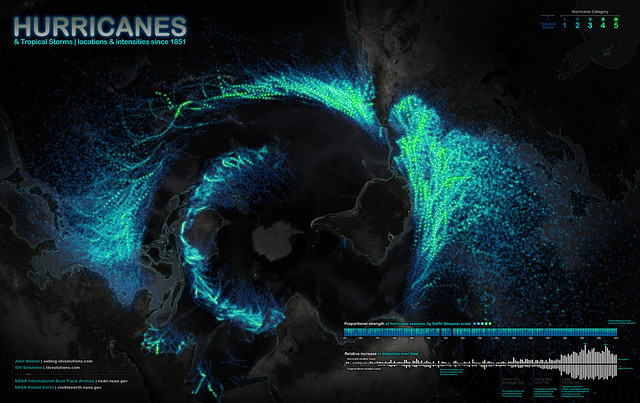Here’s a CBS News gallery of before-and-after images showing the impact of flooding in the wake of Hurricane Harvey. The page is undated but was published on 1 September. [Dave Smith]
And, via CityLab, here are a set of maps from the Urban Institute that show the impact of Hurricane Harvey on Houston’s neighbourhoods, based on income levels, home ownership rates, accumulated-equity rates, all of which looking at the economic impact of the storm. “Harvey’s aftermath puts an enormous hurdle in front of all homeowners and renters but will be a particular setback for low-income, minority families recovering from the 2008 housing bust.”
Previously: Mapping Hurricane Harvey’s Impact.








